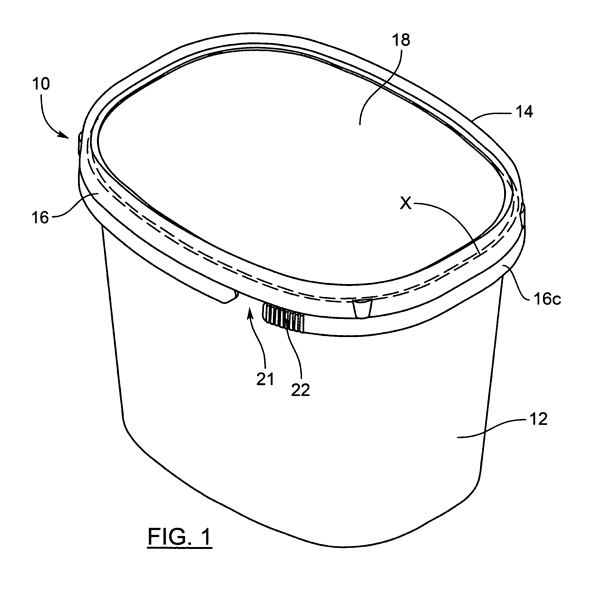‘Sqrounds’, ‘billboard’, and why in-mold labeling is taking off
An increasingly popular packaging format, which lends itself to IML, could help the decoration technology finally take off in North America.
Long held up as a technology to watch, in-mold labeling (IML) had failed to win the same popularity in North America that it enjoyed in Europe, but is that now changing thanks to a growing packaging format and shelf-appeal-focused point-of-purchase product marketing?
Business is booming at custom automation supplier CBW, Fort Collins, Colo., and that success is due in no small part to increased interest in IML systems, particularly for square/round “sqround” containers that are increasingly showing up on retailer shelves.
Sqround, or rather sqround™ (), refers to containers that are largely rectangular in shape, save for their corners, which are rounded. This style of package replaced strictly round containers, which were most easily decorated via pad printing, or in the case of ice cream, coated paperboard bricks ().
Jim Swim, ´óÏó´«Ã½ manager at CBW, has multiple sqround packages at the ready as props in his Fort Collins office to help explain the phenomenon. “In the old days, the market would have a cup—a round cup—so we would mold these,” Swim says, “then we’d take them out and they’d got to a printer. But when you start getting something like this,” Swim says, pulling a rectangular sqround from his shelf bearing a very familiar brand name, “you can’t print them real fast, it doesn’t spin.”
Swim says CBW delivered its first IML system in 2005, and since then, the market has taken off with 70 and counting operating in a variety of markets. “[Sqround containers] are required from the Big Box stores,” Swim says. “They can get more of these on a shelf and then they can have more visualization for the customer. This is where these markets have emerged based upon the requirements of the Wal-Mart’s or the Target’s of the world, because they want to maximize the product on the shelf and maximize the exposure of the product, which is where IML really helps.”

Related Content
-
PHA Compound Molded into “World’s First” Biodegradable Bottle Closures
Beyond Plastic and partners have created a certified biodegradable PHA compound that can be injection molded into 38-mm closures in a sub 6-second cycle from a multicavity hot runner tool.
-
How to Extrusion Blow Mold PHA/PLA Blends
You need to pay attention to the inherent characteristics of biopolymers PHA/PLA materials when setting process parameters to realize better and more consistent outcomes.
-
BMW Group Vehicle to Adopt 3D Printed Center Console
A vehicle coming to market in 2027 will include a center console carrier manufactured through polymer robot-based large-format additive manufacturing (LFAM).










